Silky-Lhasa vs. Chinese Shar-Pei: Breed Differences and Similarities
Hypoallergenic
Are Silky-Lhasas or Chinese Shar-Peis hypoallergenic, or neither?
Unfortunately, neither Silky-Lhasa nor Chinese Shar-Pei are hypoallergenic, which may not make them the best choice for dog lovers who suffer from pet allergies.
Watchdog Ability
Which dog breed makes a better watchdog, the Silky-Lhasa or Chinese Shar-Pei?
Avoid Silky-Lhasas as watchdogs - they're not effective.
Chinese Shar-Peis aren't great guard dogs; they tend to just watch without taking action.
Origin
What is the origin of Silky-Lhasa and Chinese Shar-Pei dog breeds?
United States
China
Ancestry
What are the origins of Silky-Lhasa and Chinese Shar-Pei breeds?
Silky Terrier, Lhasa Apso
Chow Chow
Date of Birth
When were Silky-Lhasa and Chinese Shar-Pei breeds first developed?
2000s
206 BC
Eye Color Possibilites
What are the eye colors of Silky-Lhasa and Chinese Shar-Pei dogs?
Brown
Brown
Nose Color Possibilites
What are the natural nose colors of Silky-Lhasa and Chinese Shar-Pei?
Black
Black
Coat Color Possibilites
What are the natural colors of the coat for Silky-Lhasa and Chinese Shar-Pei breeds?
Black
Brown
Cream
Blue
Silver
Pied
Sable
Brindle
Black
Fawn
Cream
Red
Coat Length
What is the typical coat length for Silky-Lhasa and Chinese Shar-Pei breeds?
Silky-Lhasas are known for their coat length.
Chinese Shar-Peis have medium-length coats.
Coat Density
What is the density of the coat of Silky-Lhasa and Chinese Shar-Pei?
Coat Texture
What is the hair texture of Silky-Lhasa and Chinese Shar-Pei?
Straight
Litter Size
What is the usual litter size for Silky-Lhasa and Chinese Shar-Pei?
A Silky-Lhasa can have a litter of 4-6 puppies on average. However, it's worth noting that the size of the litters can vary greatly. Factors that can influence litter size include the health of the mother, breeding history, and genetics.
A Chinese Shar-Pei can have a litter of 8-12 puppies on average. However, it's worth noting that the size of the litters can vary greatly. Factors that can influence litter size include the health of the mother, breeding history, and genetics.
Major Concerns
What are the major health concerns for Silky-Lhasa and Chinese Shar-Pei breeds?
Tracheal Collapse
Spongiform Leukodystrophy
Intervertebral Disc Disease (IVDD)
Entropion
Hip Dysplasia
Kidney Problems
Chinese Shar-Pei Fever
Mast Cell Tumors
Minor Concerns
What minor health issues should be kept in mind when owning Silky-Lhasa and Chinese Shar-Pei?
Patellar Luxation
Urolithiasis
Diabetes
Congenital Eye Defects
Patellar Luxation
Elbow Dysplasia
Demodectic Mange
Skin Problems
Heat Sensitivity
Occasional Tests
What occasional tests are recommended for Silky-Lhasa and Chinese Shar-Pei breeds?
Eye Examination
Respiratory Tests
Blood And Urine Analysis
Diagnostic Imaging
Eye
Hip
Elbow
Blood
Knee
X-Rays
Physical Examination
Energy
How do the energy levels of Silky-Lhasas and Chinese Shar-Peis compare?
Silky-Lhasas are suitable for those with a balanced lifestyle as they have an average energy level.
Chinese Shar-Peis' high energy levels make them unsuitable for a low-key dog, choose accordingly.
Exercise Needed
Silky-Lhasa vs Chinese Shar-Pei exercise need comparison.
Silky-Lhasas need only a small amount of physical activity, ideal for busy or elderly people or those with limited space.
Chinese Shar-Peis need moderate physical activity and are great for families and active individuals.
Tendency to Bark
Do Silky-Lhasas or Chinese Shar-Peis bark more/less frequently?
Compared to most other breeds, Silky-Lhasa and Chinese Shar-Pei tend to be less vocal and bark less frequently. They typically only bark when necessary, such as to communicate or alert their owner, and do not bark excessively, especially when left alone.
Past times
What are some enjoyable activities and ways to keep Silky-Lhasa and Chinese Shar-Pei entertained?
Beach, Walks, Park
Napping, Exploring, Jogging, Walking, Cuddles, Sniffing, Fetch, Sleeping, Running, Going on walks, Chewing bones, Cuddling, Eating Snacks, Walk, Tug-of-war, Play, Walks
Activity Level
Which breed has higher energy, Silky-Lhasas or Chinese Shar-Peis?
Both Silky-Lhasa and Chinese Shar-Pei are medium-energy dogs that enjoy socializing and playing with other dogs. They may engage in casual or sustained games of chase, and occasionally have bursts of barking or racing around the house.
Walks per Week
How many miles should Silky-Lhasa or Chinese Shar-Pei walk each week?
There's really no limit to how far you walk your dog as long as they're comfortable. For Silky-Lhasa, it's at least 5 miles / week. Just remember to build distance and stamina gradually over time.
There's really no limit to how far you walk your dog as long as they're comfortable. For Chinese Shar-Pei, it's at least 8 miles / week. Just remember to build distance and stamina gradually over time.
Activity per Day
Do Silky-Lhasas or Chinese Shar-Peis require more exercise?
In general most Silky-Lhasas usually need at least 45 minutes of exercise daily. This can be spread across the day and include all sorts of high-energy activities, like walking, running and playing.
In general most Chinese Shar-Peis usually need at least 60 minutes of exercise daily. This can be spread across the day and include all sorts of high-energy activities, like walking, running and playing.
Grooming
Which breed is easier to maintain in terms of grooming, Silky-Lhasas or Chinese Shar-Peis?
Silky-Lhasas have high grooming needs, requiring regular trims and professional grooming assistance to keep their coat healthy.
The Chinese Shar-Pei has low grooming needs and is easy to maintain.
Brushing Frequency
What is the recommended brushing frequency for Silky-Lhasa and Chinese Shar-Pei dogs?
Ideally, both Silky-Lhasa and Chinese Shar-Pei should be brushed at least 2 or 3 times a week (preferably daily) to improve shedding.
Brushing Tools
What brushing tools are used for Silky-Lhasas and Chinese Shar-Peis?
Slicker Brush
Dematter
Comb
Nail Clipper
Slicker Brush
Nail Clipper
Cups
How much food should be given to Silky-Lhasa or Chinese Shar-Pei in cups?
For an average 12-15 pound (5 - 7 kg) Silky-Lhasa feed 1 cups daily. But, keep in mind, the amount you feed is going to be dependent on the quality of the food you are feeding.
For an average 45-60 pound (20 - 27 kg) Chinese Shar-Pei feed 3 cups daily. But, keep in mind, the amount you feed is going to be dependent on the quality of the food you are feeding.
Daily Cost
Which breed has a higher daily cost, Silky-Lhasa or Chinese Shar-Pei?
The average cost of a Silky-Lhasa is somewhere $1.10 - $1.40 per day.
The average cost of a Chinese Shar-Pei is somewhere $1.70 - $2.00 per day.
Monthly Cost
Which breed has a higher monthly cost, Silky-Lhasa or Chinese Shar-Pei?
The average per month expenses of a Silky-Lhasa is between $28 - $42. This makes an average of $336 - $504 per year. It will be on the higher side when the dog is still small because it will need more frequent visits to the vet, shots.
The average per month expenses of a Chinese Shar-Pei is between $48 - $63. This makes an average of $576 - $756 per year. It will be on the higher side when the dog is still small because it will need more frequent visits to the vet, shots.
Intelligence
Comparing Intelligence: Silky-Lhasas vs Chinese Shar-Peis
Silky-Lhasa has below average obedience intelligence, but they excel in understanding human emotions.
Chinese Shar-Peis are average in obedience intelligence but have a high IQ and may cause trouble if left unsupervised.
Affection Dependance
Which is the more affectionate dog breed: Silky-Lhasa vs Chinese Shar-Pei?
Dog Friendly
Which breed is more sociable with other dogs: Silky-Lhasa or Chinese Shar-Pei?
Silky-Lhasas are friendly and active companions, and can be good family pets, though their friendliness towards other dogs may vary.
Chinese Shar-Peis are less friendly towards other dogs, but can improve with socialization.
Playfulness
Which breed is more playful between Silky-Lhasa and Chinese Shar-Pei?
Silky-Lhasa and Chinese Shar-Pei are playful dogs. So, no matter how busy the day may get, the best thing you can do for Silky-Lhasa and Chinese Shar-Pei is to make time each day to play. It can be as little as 15-20 minutes, and it will mean the world to them.
Trainability
How do the trainability levels of Silky-Lhasas and Chinese Shar-Peis compare?
Silky-Lhasas are popular for their ease of training and quick learning ability.
Chinese Shar-Peis are usually easy to train but require consistency to fully obey commands.
Compare Silky-Lhasa with other breeds

Wee-Chon
Silky-Lhasa vs Wee-Chon
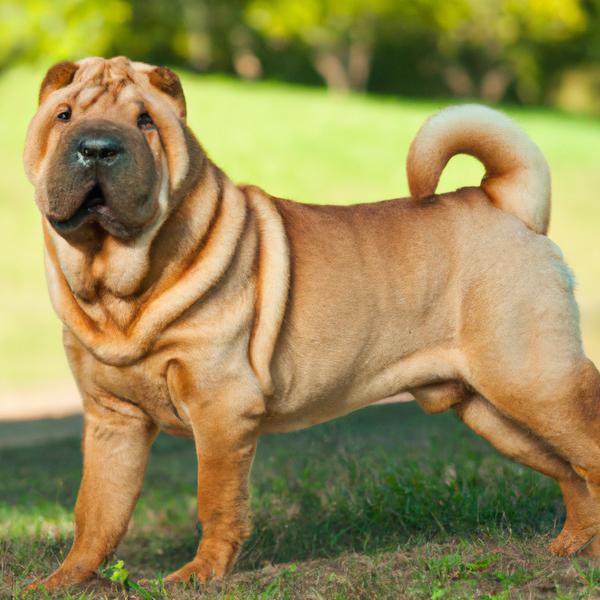
Chinese Shar-Pei
Silky-Lhasa vs Chinese Shar-Pei
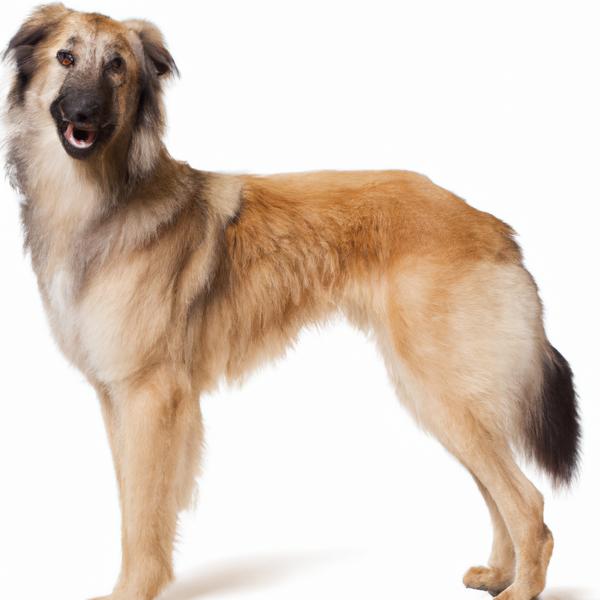
Belgian Laekenois
Silky-Lhasa vs Belgian Laekenois

Smooth Scottish Fox Terrier
Silky-Lhasa vs Smooth Scottish Fox Terrier
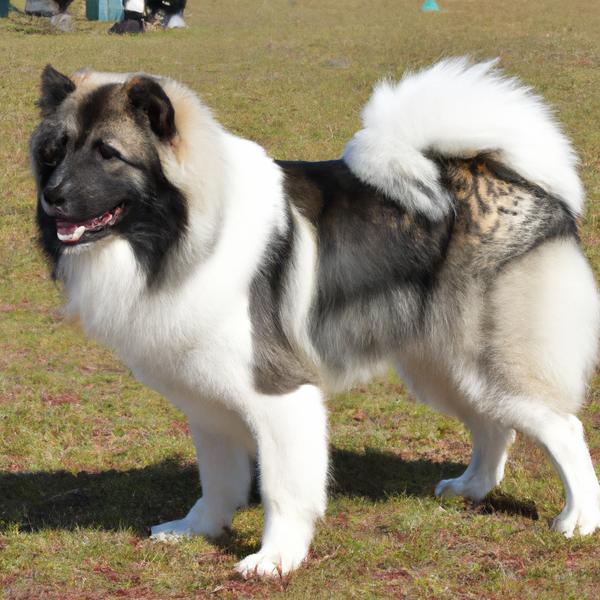
Lhaffon
Silky-Lhasa vs Lhaffon

Clumber Lab
Silky-Lhasa vs Clumber Lab
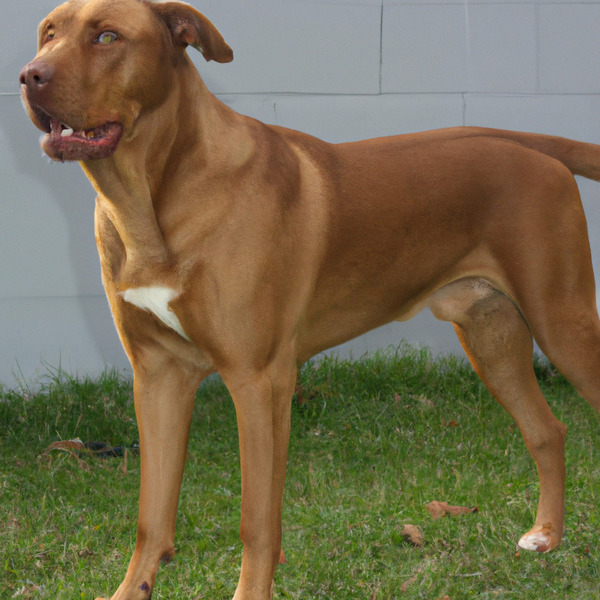
Uruguayan Cimarron
Silky-Lhasa vs Uruguayan Cimarron

Boston Huahua
Silky-Lhasa vs Boston Huahua
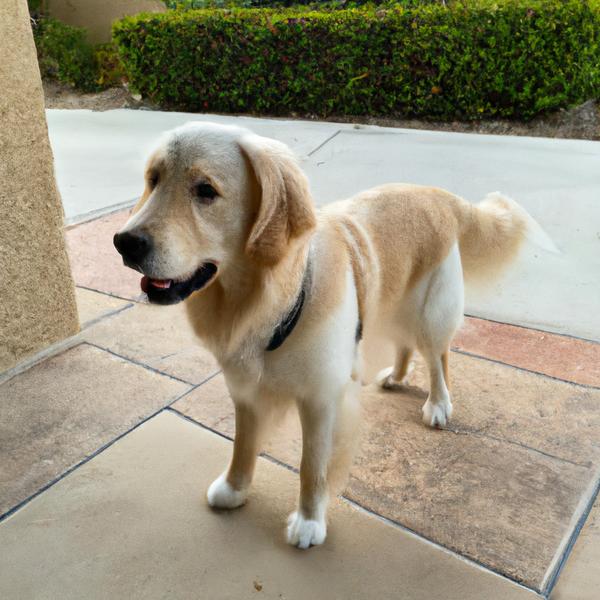
Petite Golden Retriever
Silky-Lhasa vs Petite Golden Retriever

Yorkie Russell
Silky-Lhasa vs Yorkie Russell

Standard Ratzer
Silky-Lhasa vs Standard Ratzer
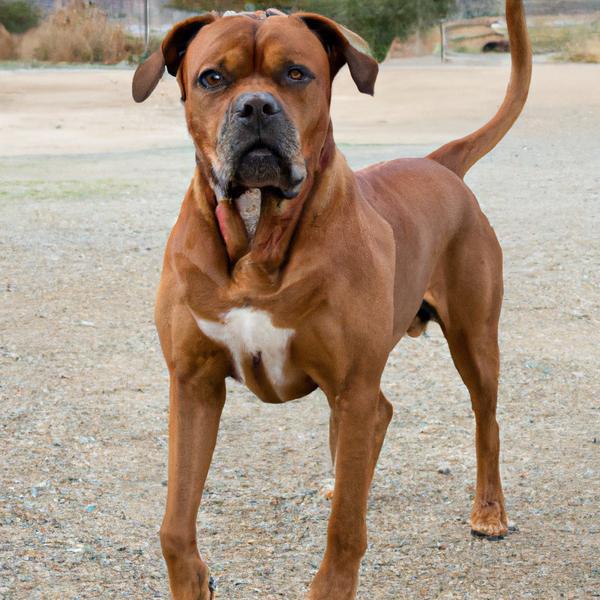
Boxador
Silky-Lhasa vs Boxador
